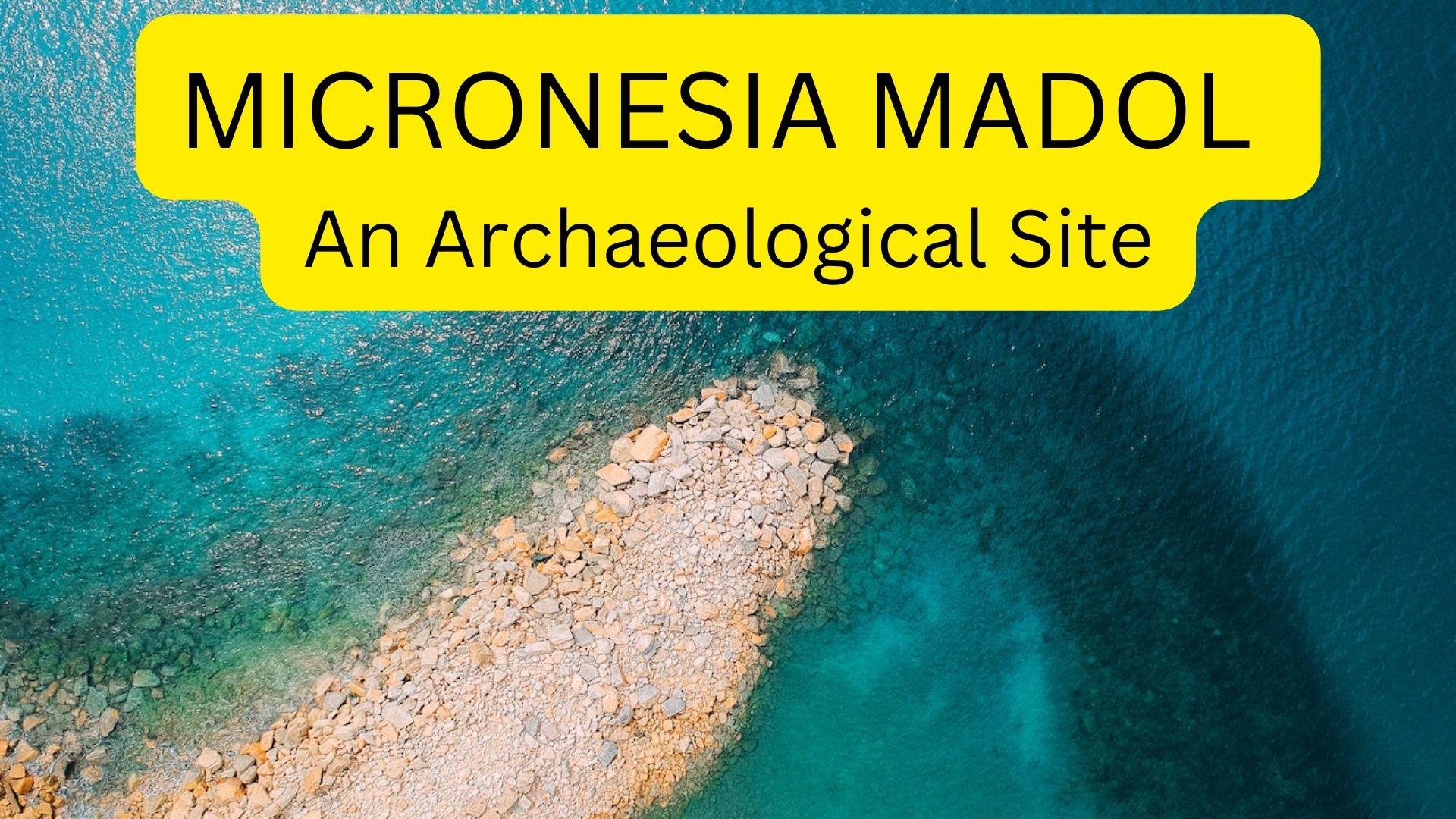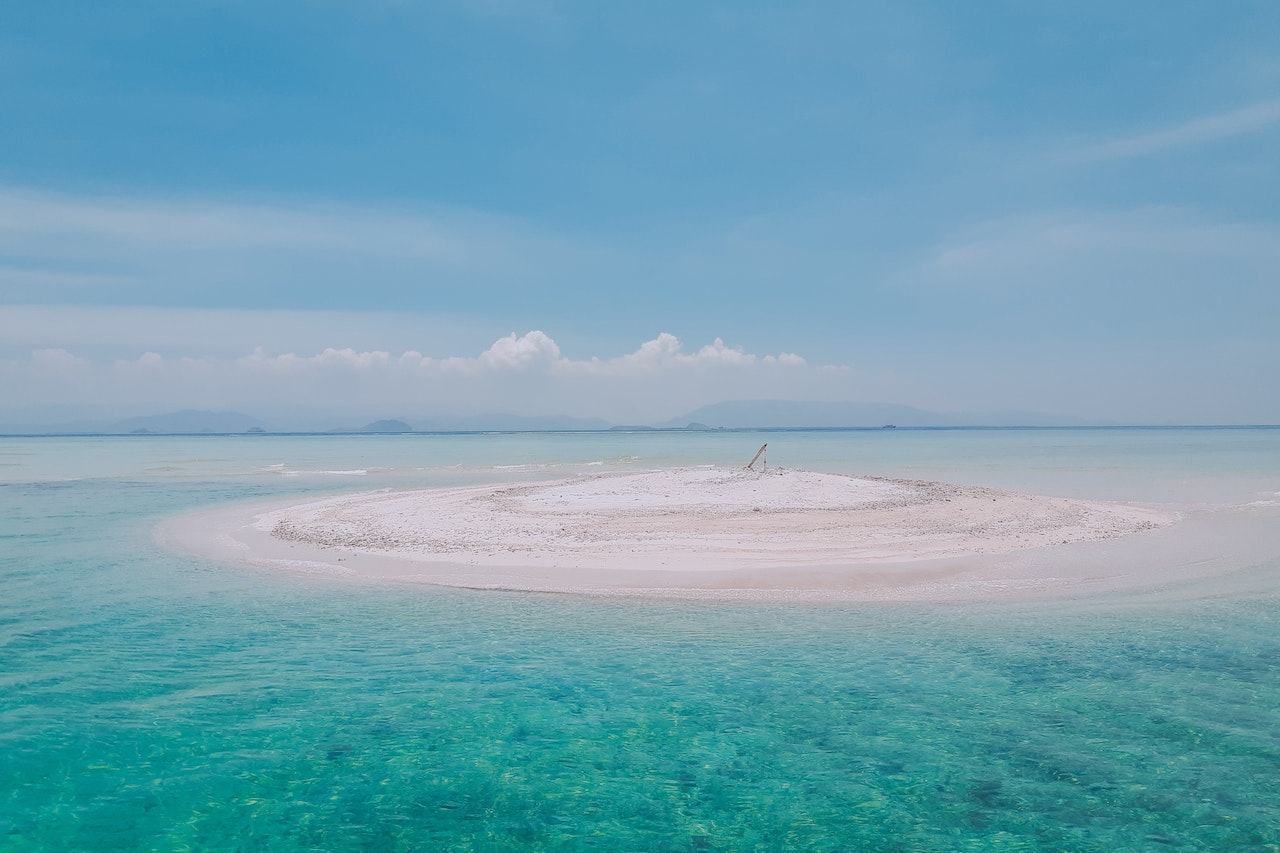Micronesia Madol - An Archaeological Site
Micronesia Madol is one of the most remarkable historical sites in the Pacific. The little island of Temwen in the Federated States of Micronesia lies close to the eastern side of the island of Pohnpei, where the city remains are located on a coral reef in a lagoon. Before it was abandoned, Nan Madol was a significant center for native Pohnpeians' politics and religion.
Jane RestureSep 29, 20222 Shares543 Views

Micronesia Madolis one of the most remarkable historical sites in the Pacific. The little island of Temwen in the Federated States of Micronesialies close to the eastern side of the island of Pohnpei, where the city remains are located on a coral reef in a lagoon.
Before it was abandoned, Nan Madol was a significant center for native Pohnpeians' politics and religion. The city was a center of religion, a royal enclave, a fortification, an urban market, and the main seat of administration for the island of Pohnpei during its 500-year existence between 1200 and 1700.
The city of Nan Madol is a hidden jewel of Micronesian history and culture and a magnificent sight for contemporary tourists. It is comparatively unknown outside of Micronesia.
History Of Micronesia Madol Island
The Saudeleur dynasty, which at its height ruled over an estimated 25,000 inhabitants of Pohnpei, had its headquarters at Nan Madol. Initially a foreign tribe, the Saudeleur settled on Pohnpei and established themselves as the island's kings. At about 1100, the Saudeleur made its debut, and Nan Madol was constructed around 1200.
Oral tradition on Pohnpei states that Olisihpa and Olosohpa, two brothers who traveled by canoe and wielded sorcery with the help of the gods to construct Nan Madol, were the first Saudeleur to land on the island.
The local Pohnpeians were so moved by this that they encouraged the Saudeleur to join their tribe through marriage.
Eventually, one of the brothers passed away, and the other crowned himself king. The Saudeleur built Nan Madol as a temple for the agricultural god Nahnisohn Saw, who was the most important god to the Saudeleur nobility.
Lost Continent Theories And Micronesia Madol Island
Some have claimed that Nan Madol is the wreckage of one of the "lost continents" of Lemuria or Mu. Beginning with his 1926 book, The Lost Continent of Mu: Motherland of Man, James Churchward named Nan Madol as one of the locations that belonged to the lost continent of Mu.
In his book, Lost City of Stones (1978), author Bill S. Ballinger postulates that the city was created by Greek sailors around 300 BC. David Hatcher Childress, an author, and publisher, thinks that Nan Madol has something to do with the continent Lemuria, which no longer exists.
According to the 1999 book The Coming Global Superstorm by Art Bell and Whitley Strieber, which predicts that global warming may produce sudden and catastrophic climatic effects, the building of Nan Madol required a high level of technical proficiency due to its exacting tolerances and extremely heavy basalt materials.
Since there is no record of this kind of civilization, it must have been completely wiped out.
Visiting Nan Madol National Historic Landmark
A distinctive experience is touring the national historic site Nan Madol. Modern-day Nahnmwarki, who may trace their ancestry to Isokelekel's leaders, are private landowners. Representatives of Nahnmwarki provide boat excursions to the city.
A typical boat trip starts in the Madol Powe neighborhood, where the enormous Nandauwas temple is located close offshore of Pohnpei.
The southeast district of Nan Madol, which contains commoners' homes and the palace-barracks of Kelepwei, where Isokelekel and his elite warriors were housed, can be reached by a ferry ride that takes visitors behind and around the 12 artificial islands that make up the city wall as well as around and back inside the city.
On Temwen Island, in the modern Madolenihmw district of Pohnpei state, in the Federated States of Micronesia, lies Nan Madol, a National Historic Landmark. Although Nan Madol is located on private land, anybody can visit it.

The 8th Wonder of the World? (NAN MADOL, MICRONESIA)
Things To See In Micronesia Madol
The only remaining ancient city constructed on top of a coral reef is Nan Madol. The city is frequently referred to as the "Venice of the Pacific" since it was built on a lagoon and is surrounded by water on three sides.
Over 90 tiny manmade islets are connected to the city by an intricate network of tidal canals and waterways known as Nan Madol, which roughly translates to "between the gaps."
Nan Madol's design gives the impression that it is floating on the sea. Each of the 130 houses' walls was constructed from carved basalt stones that were painstakingly stacked one on top of the other in a crisscross pattern. The biggest basalt pillars weigh 100,000 pounds apiece, but some individual stones are light enough for one person to carry.
The natural coral foundation that is just below the water's surface supports the structures. The Nandauwas, a royal temple encircled by 25-foot high walls, is the biggest building.
The Pohnpeians used an unidentified method to sink the massive stones into the lagoon because they lacked sophisticated diving gear and binding materials like concrete. Even after being abandoned for centuries, the structure is still there, and the canals are sturdy enough for visitors to continue touring Nan Madol by boat.
The completed building complex is a suitable homage to the advanced techniques used by its Pohnpeian constructors. The site is important because of the size and quality of its stone structure, the fact that it has artificial islets, and the fact that the shoreline has been changed.
People Also Ask
Can People Visit Nan Madol?
The National Historic Landmark Nan Madol is located on Temwen Island, Micronesia. Nan Madol is on private land but available to the public.
How Do You Get To Nan Madol?
United Airlines' "island hopper" trip is the only means of access to the island.
Do You Need A Visa To Visit Micronesia?
Visas are not required for entry into this country. Register your trip with the U.S. State Department!
Conclusion
Today, Micronesia Madol is an archaeological district that encompasses more than 18 square kilometers (6.9 square miles) and consists of stone architecture constructed on a coral reef flat along the coast of Temwen Island, several other artificial islets, and the adjacent coast of the Pohnpei main island.
Stone walls surround a 1.5-by-0.5-kilometer (0.93-by-0.31-mile) area at the site, which has about 100 artificial islets made of stone and coral fill platforms and tidal canals on either side.
Latest Articles
Popular Articles
